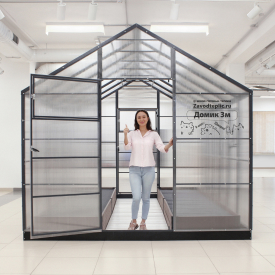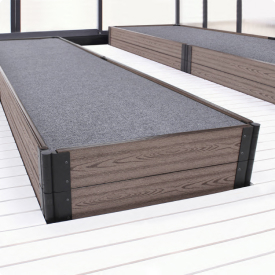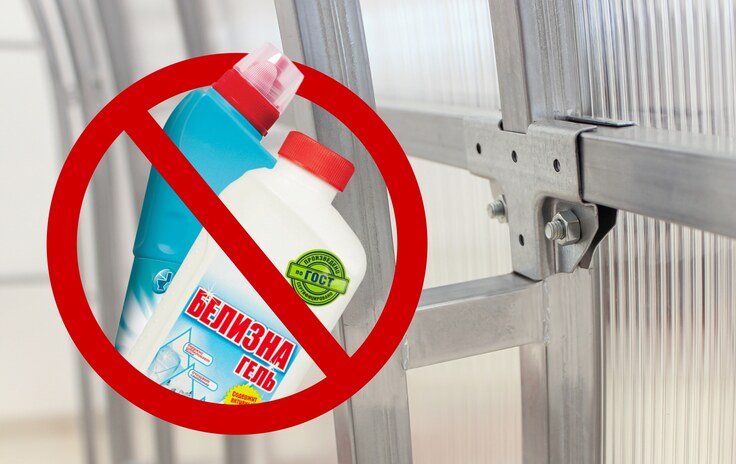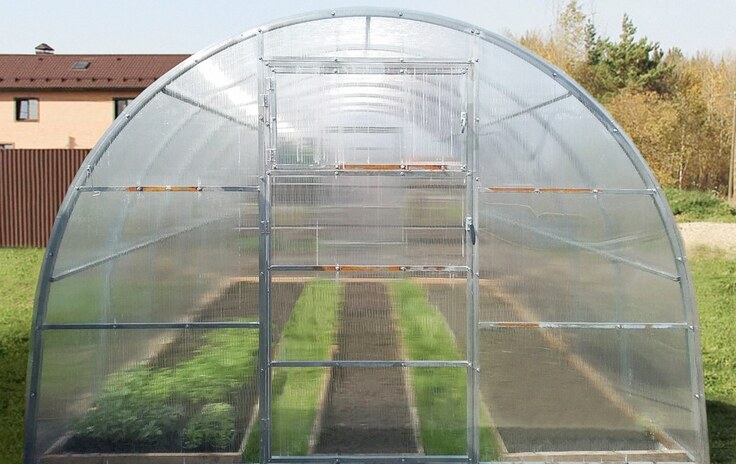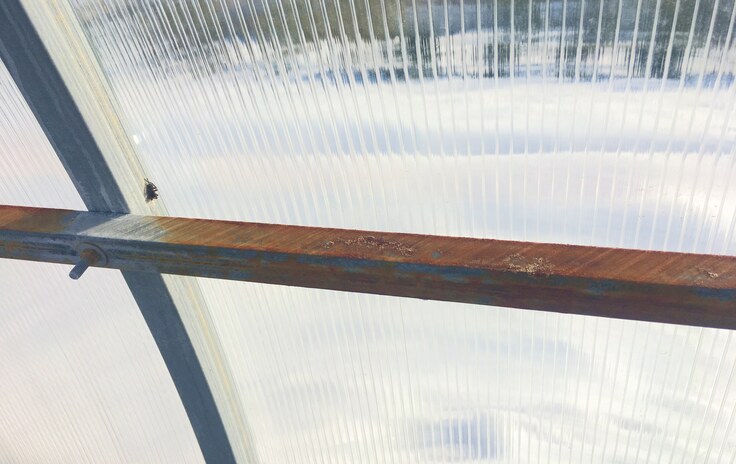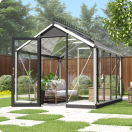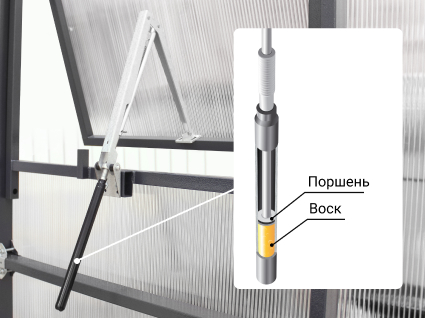Processing, "disinfection" of the greenhouse! Danger of use and bad advice
At the beginning of the summer season, before planting seedlings, or in the fall, after harvesting, many gardeners are faced with greenhouse care issues, including the “apparent” need to disinfect it from pests, pathogens of various diseases, etc.
Of course, most people begin to look for answers to questions on the Internet, where various means are offered for use, ranging from “soap solution” to “Whiteness” or “Domestos”.
But not every amateur gardener thinks about the safety of various disinfectants proposed for use, both for future plantings or crops, and for the greenhouse itself.
An example of one of these HARMFUL recommendations for disinfecting a greenhouse is posted on https://youtu.be/JxuwlWxAZWM
In this video, any products containing hypochlorite, which is contained in any bleach containing chlorine, including Whiteness, are suggested for use for disinfection.
At the same time, a person offering a method of processing a greenhouse using such products is silent about their negative impact on both the frame of the greenhouse, on polycarbonate, and on plants or the future crop that the gardener and his family members will eat. At the same time, the video blogger in this video recommends not even washing off the product used from the greenhouse (4 min. 27 sec. video). Subsequently appearing white seedings (chemical residues), in his opinion, are absolutely safe for both the greenhouse and the plants.
This blogger's offer is insane.
Recall that "Belizna" contains about 50-70 g/dm3 of active chlorine. It is used for cleaning and disinfecting enameled, porcelain dishes, tiles, toilet bowls, etc.
The agent used contains substances that can have a negative effect on a living organism, namely, active chlorine, which is contained in a disinfectant, at least delays the growth of plants, and regular exposure to the human body causes inflammation of the respiratory system and various skin diseases.
At the same time, one should not forget that the remains of hypochlorite that got into the soil or on the elements of the greenhouse can give an active chemical reaction, which will lead both to damage to the plants and to the destruction of the polycarbonate of the greenhouse or corrosion of the metal of the greenhouse frame.
Below are photos of greenhouses damaged by chemicals.
We have noticed that there is an increase in the use of various aggressive chemicals by gardeners, which lead to negative consequences.
From our side, as a manufacturer of greenhouses, studies of such cases are carried out on an ongoing basis.
One example of the study and examination of a rusted section of a galvanized pipe frame can be viewed here:
It must be remembered that the chemicals used can cause not only damage to the elements of the greenhouse, but also lead to the destruction of plants or get on the fruits that you use for food.
In the process of caring for the greenhouse, it is strictly forbidden to use solvents, degreasers, detergents and cleaners, including Fairy, liquid soap, etc., as well as sulfur bombs.
We recommend simply rinsing the greenhouse at the beginning or end of the summer season with plain running water and then wiping it with a dry cloth. In the vast majority of cases, this is more than enough.
In the event that you still plan to use disinfectants, we recommend that you purchase a greenhouse with a polymer-decorative coating on a galvanized frame. This coating reliably protects the metal frame of the greenhouse from reagents.
If you have already used something similar in the greenhouse, and you have traces of corrosion on the frame of the galvanized greenhouse, and you would like to remove them, then you can do this in the following way:
1. Buy galvanizing paint at a hardware store. Its cost is up to 32 € per can.
2. Remove polycarbonate sheets from the greenhouse frame.
3. Coat the frame of the greenhouse with paint and let it dry.
4. Attach polycarbonate sheets to the frame.
Ready! The greenhouse is like new.
We remind you that when used properly (without experimenting with detergents, checkers, etc.), a galvanized greenhouse frame will last for decades, despite the fact that its condition will be almost the same as at the time of purchase.
P.S. After reading this article, readers ask us the following questions:
Question:
Why, after the use of disinfectants, the frame of the greenhouse is damaged not entirely, but by elements?
Answer:
Damage is greater where exposure to chemicals lasts longer. These are, as a rule, the points of contact between the polycarbonate and the frame of the greenhouse. For example, jumpers located at the ends, since the flowing reactive liquid enters the gap between the polycarbonate and the frame and does not evaporate there for a long time, affecting this particular area of the frame.
Question:
How quickly do damage appear on the frame after the use of detergents, checkers and other things?
Answer:
Damage occurs almost immediately and manifests itself in just a few days.
Question:
I have two greenhouses. Why, after treatment (disinfection) of the greenhouse with a sulfur checker, nothing happened in one, and damage appeared in the second?
Answer:
Yes, this is possible, since the presence of damage is highly dependent on the duration of exposure, on the concentration of the agent, on the humidity in the greenhouse at the time of treatment, and on many other factors.
If you still have questions, write them to us in the comments - we will try to answer them.

